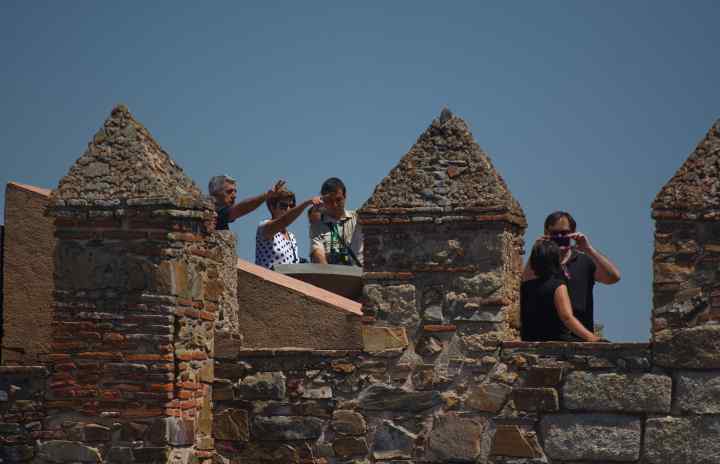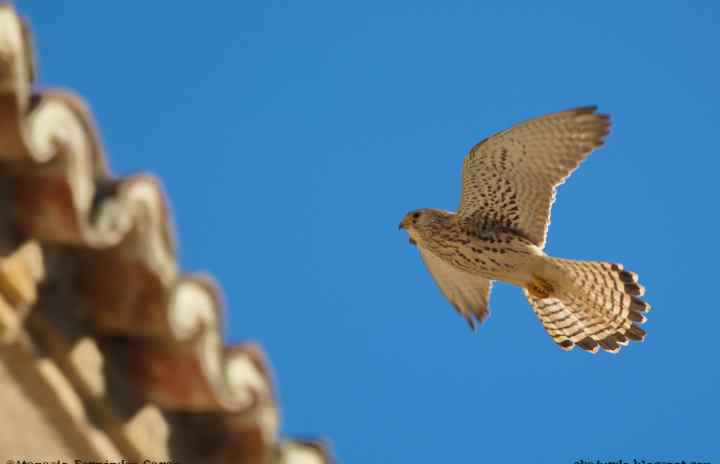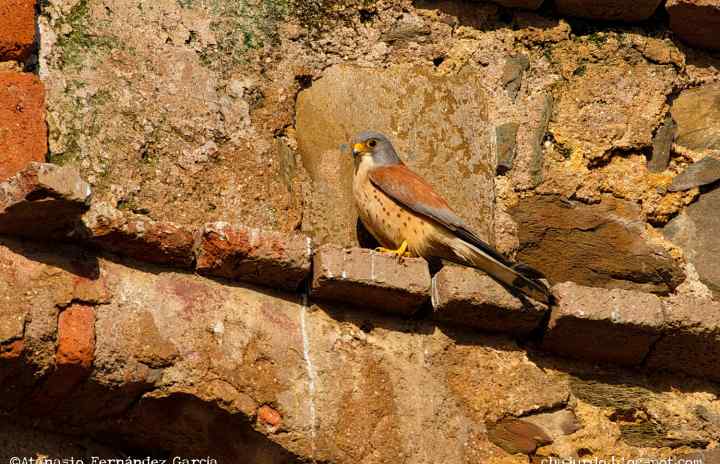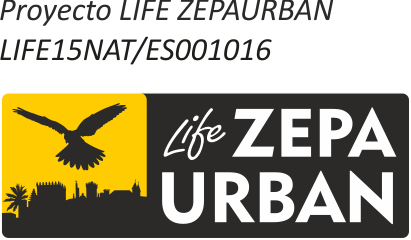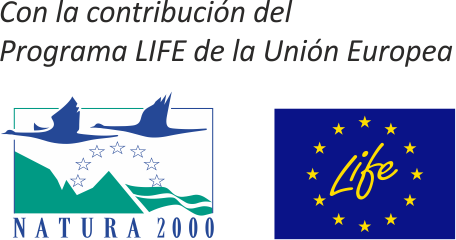The initial census of the urban SPAs and roosts is necessary is a starting point to have up-to-date information on the conservation status of the species, factors that may be affecting the population negatively and the trends in the population in relation to earlier censuses.
First, there will be a revision and analysis of all of the information available. The census methodology will be the same as used in earlier regional and national censuses, modified according to the recommendations of the project’s Scientific Committee, and with the perspective of what is foreseen in Action A7 (Valuation of the Effectiveness and Design of Census Methods in urban zones).
The initial census will take place in spring 2017, with two visits to each colony: the first during the arrival of individuals and the second during the period when the lesser kestrels are maximising their stay at the colony and which coincides with the census period used on the species throughout the Mediterranean. In the case of known post-breeding roosts, this will happen once breeding has finished with two visits undertaken to each roost.
The owners of buildings and properties which host colonies or roosts will be identified and contacted to inform them of the importance of the species, the legal implications of its presence and to involve them in setting up and undertaking the measures that will contribute to improving the conservation status of the species.
The census will be carried out using a census form that will bring together data related to the location of the colony, the time of the census and weather conditions, the location of nests, number of pairs, problems facing the colony, data on ownership of the property, presence of other species of interest and observations.
All of the information obtained will be stored in a geo-referenced database, designed for holding the project data, as well as data from earlier censuses of the species, in such a way that it will be possible to obtain a picture of the evolution of the population over the last decade.
It will have five main axes: 1) numerical data from censuses and the evolution of the population in each colony; 2) problems associated with the colonies; 3) data related to the ownership of the buildings; 4) architectural interventions of the project; 5) management of the feeding habitat; 6) recommendations for future actions.
This database will be revised, cleaned and completed to guarantee the integrity and homogeneity of the data. In addition, all the geographical data recorded during the field work will be incorporated into a Geographical Information System (GIS) in order to analyse the results obtained to study the factors that determine the distribution and density of the species, and which will be connected to the results of action C4 (pilot project to improve the quality of the feeding habitat).
During the final third of the year analysis and treatment of the data obtained will be undertaken, cleaning the database and producing the final report.
The information obtained is fundamental for getting the present project started and for implementing the actions C (on conservation) as planned. The data obtained in this action will serve as a baseline for monitoring the effectiveness of the measures deployed in the project, undertaken in the actions D (follow-up of project impact).
Exact knowledge of the location and size of the roosts of lesser kestrel is fundamental for the conservation of the species and for the protection of the bird during the post-breeding movements of individuals before migrating to the wintering areas.
It is important to stress that the identification and mapping of colonies and roosts is considered a high priority in the “Species Action Plan for the Lesser Kestrel Falco naumanni in the European Union”. See or download the document.
Responsible for implementation: Terra Naturalis and DEMA.

